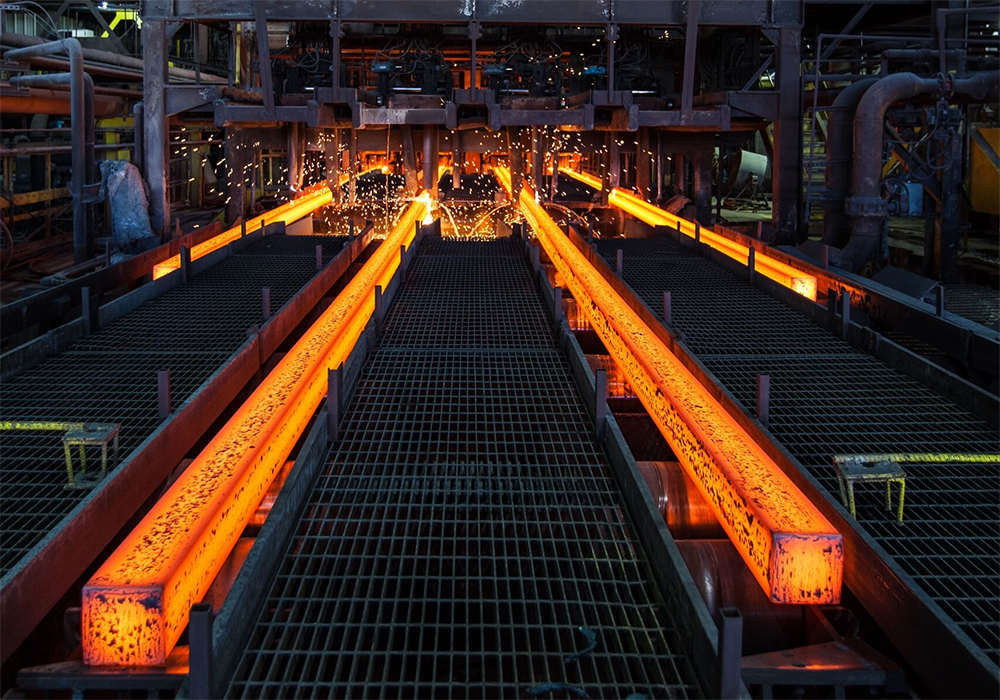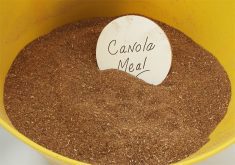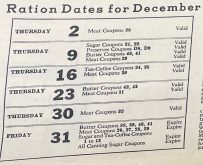If 90 percent of the world’s iron and steel gets smelted and made into new steel, then the rail industry scores high with 100 percent converted into new steel.
The Gerdau Steel Mill in Selkirk, Man., buys and recycles about 1,000 out-of-commission rail cars every year, according to a senior manager who wishes to remain anonymous. In a phone interview, he explained that the steel in rail cars is all high grade. It has the chemistry needed by a melt shop.
When a 25-ton worn out rail car arrives in the Gerdau scrap yard, it’s cut into manageable pieces with mobile shears. It then proceeds to the stationary shears where it becomes mill grade prepared heavy melting scrap in three-foot by two-foot panels.
Read Also

Russian wheat exports start to pick up the pace
Russia has had a slow start for its 2025-26 wheat export program, but the pace is starting to pick up and that is a bearish factor for prices.
“We have two totally different commodities. Automobiles and lower grade metal is shredded into really small pieces. This Number Two Shred is kept completely separate from higher grade steel we get from rail cars.
“The wheel sets are treated the same. Each set is about 10,000 pounds. So, we’re looking at ten tons of wheels, axles, bearings and things like that. And it’s all high quality. We keep the axles separate. The wheel blanks get melted down. And we cut up the side frames. Everything gets melted down and made into new high-grade steel.”
















